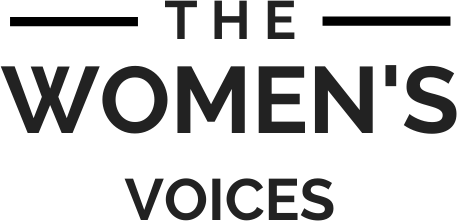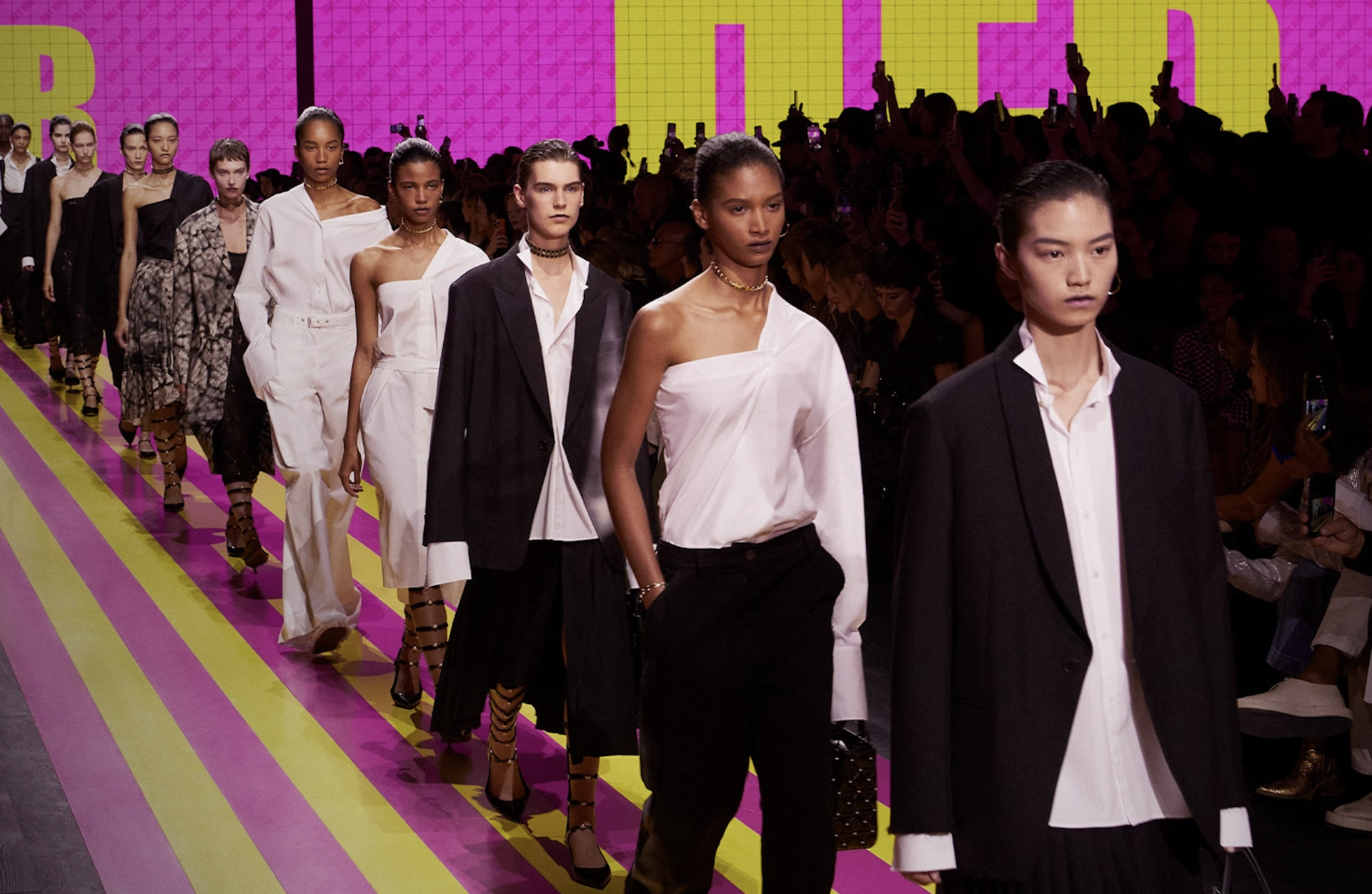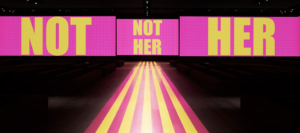Subtitle:
The Parisian Fashion Week is a perennial opportunity for Maria Grazia Chiuri, artistic director of the esteemed Dior house since 2017, to reinvent her own classics. Once again, the Roman designer has made it a point to place feminism, inclusion, and female empowerment at the forefront of the runway.
A claimed Freedom
After illuminating the State dinner at Versailles with the majestic gown of Queen Camilla, Dior took over the Parisian runways for an unparalleled feminist display. The second day of Paris Fashion Week was marked by an event that shattered conventions and promoted gender equality. Dior’s bold creations showcased a new vision of women, liberated from stereotypes and prejudices. The architectural silhouettes presented during this runway served as a subtle link between Queen Camilla’s midnight blue silk gown and the tailored pieces designed by the artistic director of women’s lines, Maria Grazia Chiuri. With deep pride, the Italian designer shared her enthusiasm, stating, “I am very happy to have had this chance. These are historic moments.”
The ready-to-wear collection, crafted by a different team, drew inspiration from the world of witches, challenging the stereotypes that permeate our imagination from childhood. Maria Grazia emphasizes the importance of these narratives in shaping our self-image. The runway, held before a star-studded audience including celebrities like Charlize Theron, Jennifer Lawrence, Camille Cottin, Léna Situations, and Robert Pattinson, was presented within a striking video installation. This video installation, titled “Not her,” was conceived by Italian artist Elena Bellantoni. It features neon yellow and fuchsia, vibrant colors contrasting with the models’ understated outfits. This installation incorporates no less than 300 sexist advertising images, spanning from the 1940s to the present day, with the aim of reversing roles and revolutionizing established norms. One standout piece from the collection is an evanescent Eiffel Tower, inspired by a photograph by Brigitte Niedermair. This creation by Maria Grazia Chiuri proves that artistic vision can transform a symbol as famous and universal as the Eiffel Tower, infusing it with a new, less rigid, and more liberated dimension.
The New Era of Dior
This philosophy of transformation extends to fashion as well. Dior’s iconic silhouette, the “New Look,” characterized by a full skirt and a cinched bar jacket, is no longer the sole proposition of the house. The Parisian woman according to Dior is now offered straight, almost masculine jackets, pleated skirts, and comfortable, lightweight outfits suitable for all seasons. Knitwear takes center stage in this collection, enveloping the body with warmth and sensuality.
Shirts become asymmetrical, revealing a bare shoulder, while some long dresses feature transparency. These liberated women, portrayed by the models, alternate between military boots and knee-high beaded pumps, offering a range of choices for every occasion. Moon phases, the sun, medicinal herbs, and mythical creatures also find their way into the fabrics and embroideries. Some pieces appear to have been burned, torn, or frayed, highlighting artistic degradation as a constitutive element of clothing, adding a touch of rock character.
Maria Grazia Chiuri explains, “I liked telling this idea of evanescence through the fabrics.” In essence, Dior’s feminist runway at Paris Fashion Week was more than just a fashion event. It represented an act of resistance against gender stereotypes and a celebration of female emancipation. Dior showed that fashion can be a powerful means of conveying important messages and contributing to shaping a more egalitarian and inclusive society.


